Carbon Dating: How Radioactive Isotopes Estimate Age
All life contains types of carbon. When an organism dies, carbon dating examines the ratio between carbon-14 (C14) and carbon-12 (C12) to estimate age.
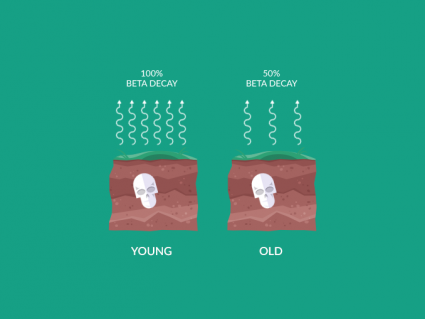
All life contains types of carbon. When an organism dies, carbon dating examines the ratio between carbon-14 (C14) and carbon-12 (C12) to estimate age.

The main idea of photosynthesis is it takes carbon dioxide from the air. Then, it uses carbon with water to convert it into a chemical form like glucose
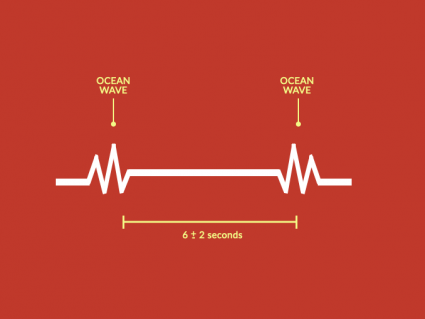
Seismometers always record periodic noise. Once mysterious in nature, we attribute Earth hum to ocean waves crashing into continents, vibrating like a bell.
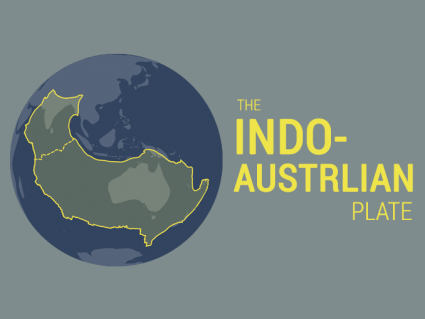
The Indo-Australian Plate combines the Australian & Indian Plate. Widely considered two separate plates, it includes Australia, India and the Indian Ocean.
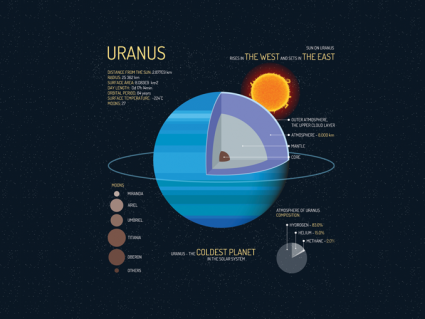
Planet Uranus is the coldest and has the 3rd largest radius for any planet in the solar system. It’s tilted at more 90°, it has faint rings and has 27 moons.

During the last ice age, ice pushed down on continents with immense pressure. After the ice melted, land began slowly lifting which is isostatic rebound.
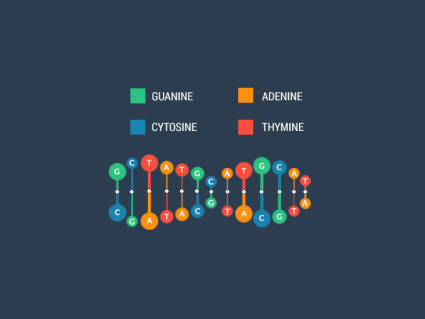
Your identity is decided by 4 letters of DNA (A, T, G & C). And there’s so much Deoxyribonucleic Acid in your body that it stretches all the way to the moon.

Toxicologists assist in reducing living things exposure to chemicals and poisonous substances which pose risks to health from water, air and land.
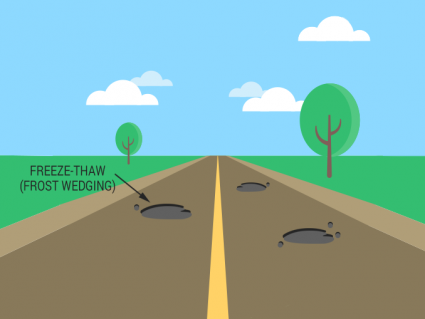
Mechanical weathering is the breakdown of rocks into sediments by physical means.This type of weathering does not alter the chemical composition of rocks.

The Earth is a big magnet. This is why compasses point to the magnetic north. But north didn’t always point northward because of magnetic pole reversals.
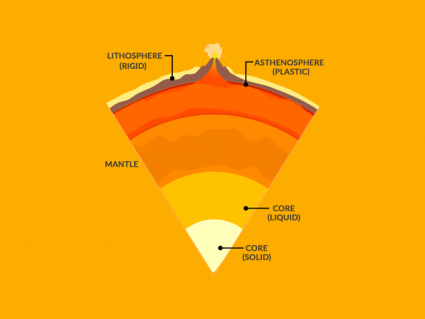
The asthenosphere is the unsung hero of our planet. This plasticky layer 80 to 200 km beneath Earth provides the necessary lubrication for plate tectonics.
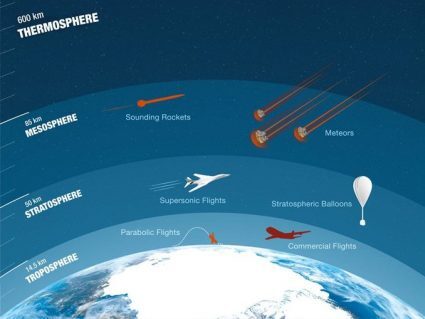
Main highlights of the stratosphere are: (1) The ozone layer absorbs harmful UV light (2) This causes temperature to rise (3) It contains 10% of air mass.
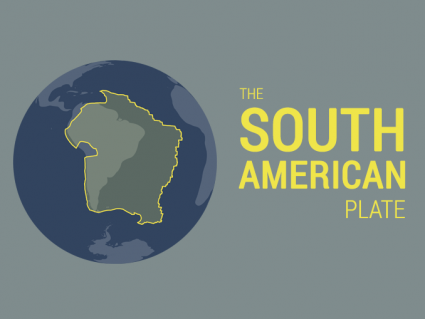
The South American plate is the smallest of all major plates that includes the continent of South America and a large portion of the Atlantic Ocean.
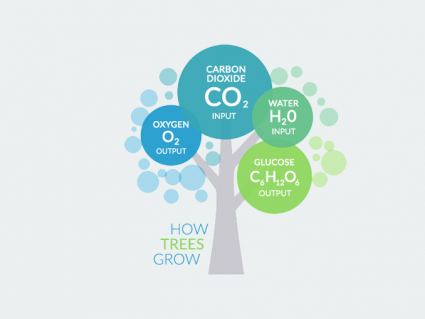
For the most part, trees growth is from carbon dioxide and rain water. So most of the dry mass of trees is made from the contents of the air and water.

Geophysicists study the physical processes that relate to Earth. For example, they work in seismic, marine and gravity for subsurface investigations.